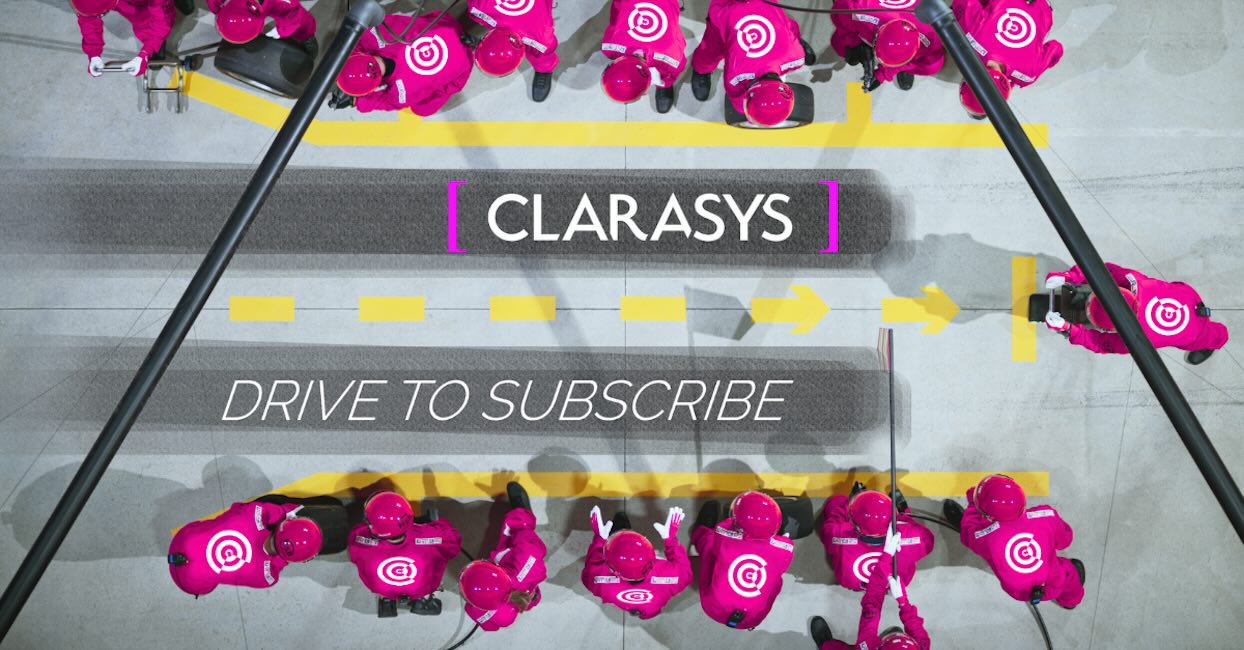How new technology can put you one step ahead
The cleverest kid in the class
The cleverest kid in the class
How new technology can put you one step ahead

The celebrated baseball player and philosopher Yogi Berra said ‘the future ain’t what it used to be’. That’s certainly true for the smartest kids in school.
When groups of people (classes of children, companies in an industry, members of a leadership team) face a challenge, the ones with the best ideas are likely to receive thanks, respect or admiration from some quarters, together with a measure of fear, envy and a desire to beat them.
At school, they’re the ‘teacher’s pet’, the ‘nerd’, the ‘overachiever’, the ‘odd bod’. Why? Because nobody likes the cleverest kids in the class.
So if the future ain’t what it used to be, then what is changing for the cleverest kids?
When I was at school, how clever you were depended largely on your ability to consume, remember and quickly recover large volumes of information. A well placed quote, a niche historical fact or an esoteric theory could be the difference between a good idea and a really great one.
But that was before the internet. It was before big data and it was before the inhuman powers of machine learning algorithms.
In any given situation, the information that used to separate the ‘clever’ from the rest is no longer the deciding factor. Information is now available on a scale that cannot be remembered or interpreted by any single human, but even if they could, a person’s interpretation is still prone to human error.
Now cleverness is not what it used to be. The cleverest kid is the one who is augmented by machines that can reliably parse more data, faster, in order to gain less biased insight into the past as well as the future.
The consensus is that Artificial Intelligence will provide this human augmentation, but how will the concept become a reality? I’m not a qualified futurologist, so my prediction of the future is based on an idea that already exists … The Digital Twin.
The Digital Twin is a virtual replica of a real world thing. It’s been used within the industrial world for years. In the Aerospace industry, Digital Twins have been used to manage the operation, servicing and repair of Jet Engines for over a decade. Each engine has its own individual adaptive model, which predicts its future unique life in operation.
Should a part be replaced this week or next month? Ask the Digital Twin.
How soon would upgrading a component pay back? Ask the Digital Twin.
Is it more effective to repair the engine or replace it? Ask the Digital Twin.
At Clarasys we’re using this same idea for individual organisations. A Digital Twin adaptively models the future so that multiple scenarios, specific to each organisation, can be run and rerun in future. It’s a cheaper, faster way for our clients to find the right future for them.
To find out more about how Digital Twin can help your business, get in touch.
This post was originally written by Philip Richardson

